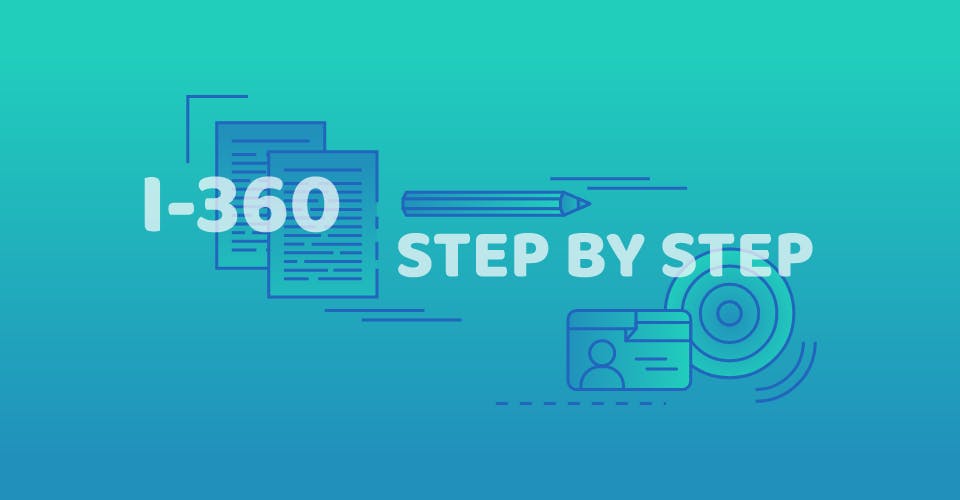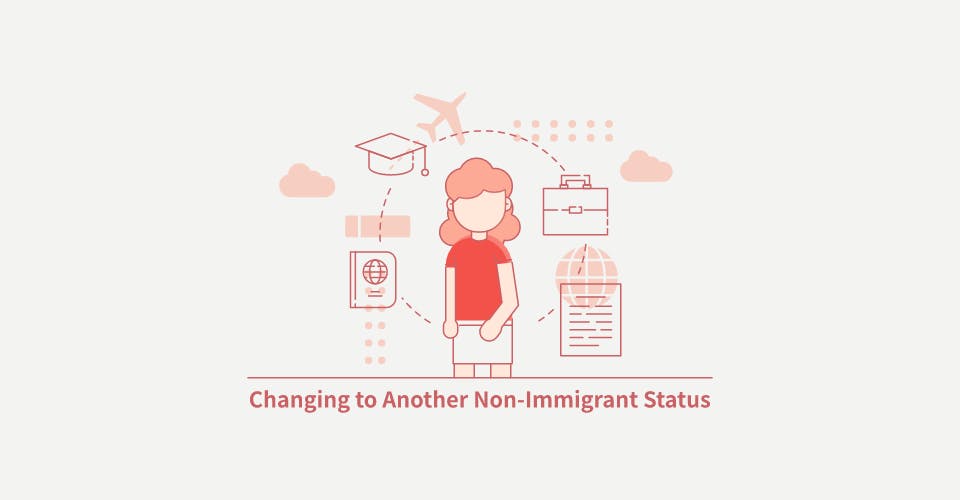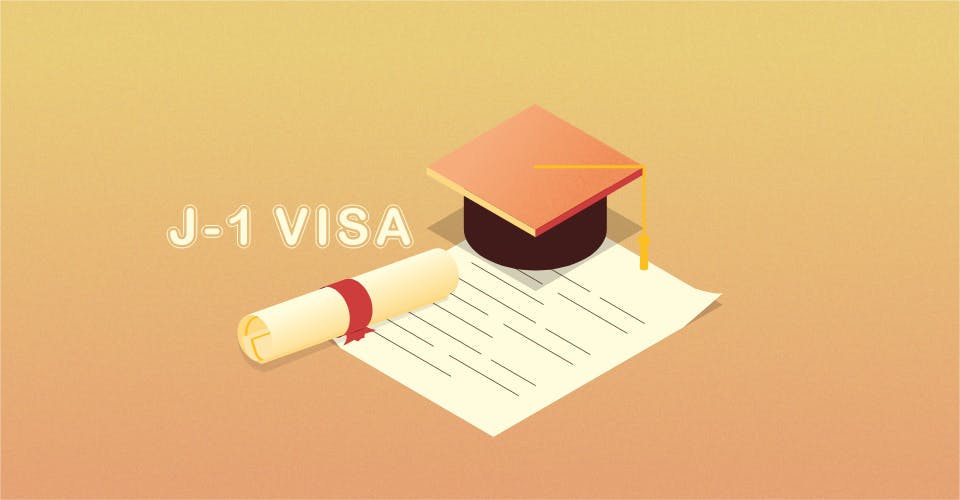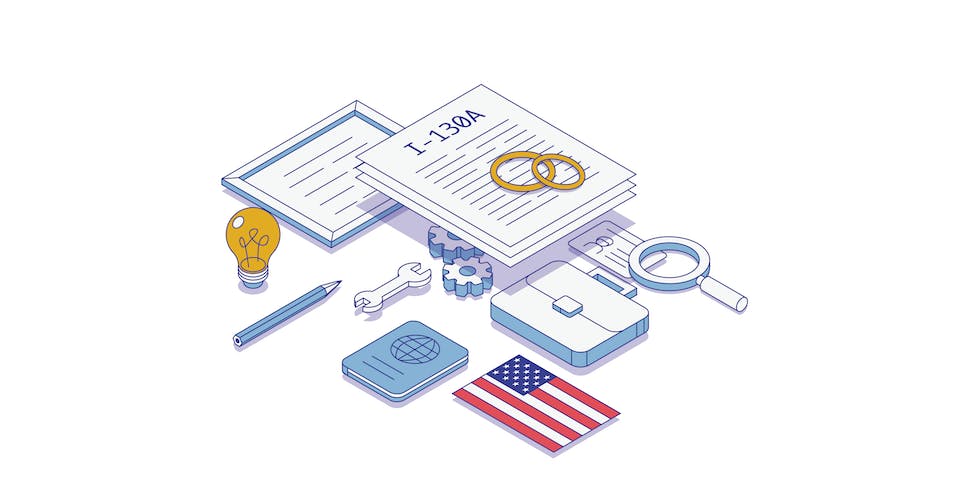The I-360 petition is a unique USCIS document because it functions to encompass many different classes of non-citizens who might be eligible for a green card based on their status. For example, I-360 petitioners (often self-petitioners) are amongst the following:
- Special Immigrant Juveniles. Those who are foreign born, but living in the United States and have been abused or neglected by their U.S. citizen or green card holding parent.
- A widow or a widower of a U.S. citizen. Such widow(ers) were married to a U.S. citizen who is now deceased and who was a U.S. citizen at the time of their death. In addition, applicants in this category need to prove their U.S. citizen spouse died less than two years before the date on which you (the applicant) filed this petition, and that you were not legally separated from your U.S. citizen spouse at the time of his or her death.
- Amerasians. This term is not frequently used outside of USCIS terminology, but for the sake of the application it refers to an individual who is at least 18 years old, and was born in Korea, Vietnam, Laos, Cambodia, or Thailand after December 31, 1950, and before October 22, 1982, and was fathered by a U.S. citizen.
- A minister who has a petition filed on their behalf by a U.S. employer who seeks to enter the United States to be employed full time by a bona fide nonprofit religious organization in the U.S.
In addition, there are other categories like translators and other military personnel who may be eligible for the I-360. If you think in general that you might be eligible for a self-petition, please see the following USCIS link which outlines all of the specific categories of applicants: https://www.uscis.gov/sites/default/files/document/forms/i-360instr.pdf
Fees and Processing Times
As previously noted, if you are a child or spouse who is filing the I-360 due the abuse or neglect of a parent or partner, you are exempt from the $435 filing fee. In addition, Amerasians are exempt from the filing fee as well as Iraqi nationals who worked on behalf of the U.S. government in Iraq.
The processing time for this type of petition depends heavily on where the application is filed, as there are multiple filing locations with their own queues and backlogs.
Below are the three main processing centers for the I-360, and their respective wait times:
California Service Center- 16.5 to 21 months
Nebraska Service Center- 3.5 to 7 months
Vermont Service Center- 18.5 to 24 months
In order to see which filing location applies to you, see the most up-to-date filing procedures laid out on this USCIS link: https://www.uscis.gov/forms/direct-filing-addresses-for-form-i-360-immigrant-petition-for-amerasian-widower-or-special-immigrant.
Filling out the I-360
The I-360 is a fairly long application form at 19 pages in length. The first step in this process is for applicants to determine if they are self-petitioners, or whether they are the beneficiaries of someone else who will be filing the application. For example, widows and special immigrant juveniles are always self-petitioners. Those who are religious workers would have their employer fill out the I-360 on their behalf.
In Part 1, applicants should complete questions 1-6 (basic information), unless they are VAWA self-petitioners or special immigrant juveniles and do not want the USCIS to send notices to their home. If this is the case, such applicants can skip to Question 7, where they can provide a more secure U.S. based address to receive case updates. In addition, all applicants should attach a G-1145 eNotification form to their application before sending. This will help them receive updates via text/email: https://www.uscis.gov/sites/default/files/document/forms/g-1145.pdf
Part 2 asks the applicant to select the appropriate classification, since the I-360 handles many different applicants. Select the box that applies to you or your beneficiary.
Part 3 asks the applicant to write in who the application is being filed for. If you are a self-petitioner, that is yourself. If you are petitioning for someone else, i.e. the beneficiary, write in their name. Questions 8-15 apply to those who are already in the United States. This will mostly apply to self-petitioners. You’ll need your Passport, your last date of arrival in the U.S., your current legal status, and the expiration date of your current status.
Part 4 applies to applicants (beneficiaries) abroad, such as a religious worker, who will be going through consular processing if the petition is approved, and a case number is given by the NVC. Petitioners should contact their beneficiary and have them name, and locate, the closest consulate that will be logistically feasible for them to pursue an immigrant visa. Question 7 is rather important in this section and asks the applicant to identify if an I-485 is attached to the package that will be submitted.
In Part 5, applicants should include the names of all of their children. This refers to the names of all of the children of either the beneficiary, or the self-petitioner, since they are technically the same. The purpose of listing dependents is so they can also be eligible for a green card (but will need to file separate I-485s) if the petition is approved.
Part 6 applies only to those who are filing as Amerasians. This section asks petitioners to indicate their mother/father, what branch of service their father served in (if it was during any U.S. invasion of the Pacific i.e. Vietnam, Laos,), if they can provide their fathers service number, or if there father is still alive and has a U.S. address that he can be reached at. In any case, the USCIS requests a notarized statement from the father, if possible.
Part 7 applies only to those who are filing as self-petitioning widows/widowers. Applicants should give the full name of their spouse who has died, their DOB as well as the date they died, and questions pertaining to the marriage. Note, if you are remarried during the time of filing, your petition will most likely be rejected. This requirement is stated in the USCIS policy handbook.
In Part 8, applicants should only complete this section if they are filing as a special immigrant juvenile. Question 2 asks the self-petitioner if they have been declared a juvenile by the state, or if a juvenile court has presided over their case. If the applicant answers “No”, they need to provide a written statement in Part 15, Additional Information, as to their situation. In other words, self-petitioners should describe why they are filing as someone who has been neglected by a U.S. citizen or LPR.
Answer the following Yes or No questions in this section regarding judicial proceedings as well and if any court has ever recommended that the minor (applicant) return to their country of nationality as a viable option.
Part 9 is for Special Immigrant Religious Workers. If you are an employer and need assistance, this section is for you. In this section, you need to answer questions about the beneficiary you are intending on employing in the United States. You need to first answer questions about your organization, how many employees you have, and how many non-citizens you have employed in the last five years.
Next, you’ll need to enter information about the beneficiaries job title, description of the job duties, the address where they will be working (likely the church’s address), and information about the non-profit in question. Please note that only non-profits with legal 501c3 status are eligible for this petition. At the end of this section, the employer will also list their U.S. address and other personal contact information for the USCIS.
Part 10 should only be completed by VAWA self-petitioning spouses, children, or parents of a U.S. citizen or legal resident. This section is short, and asks the applicant to list when they lived their abuser, for how long, and their U.S. address, if applicable.
In Parts 11 and 12, applicants should finally provide their signature. Be sure to provide your signature in the right place. Part 12 is for petitioners who have a beneficiary, whereas Part 11 is for self-petitioners.














